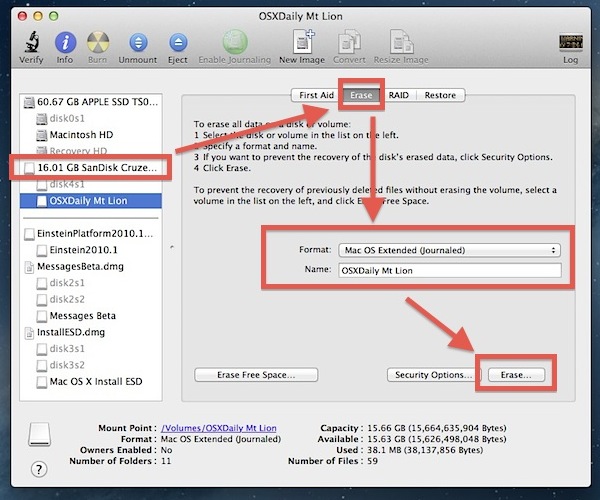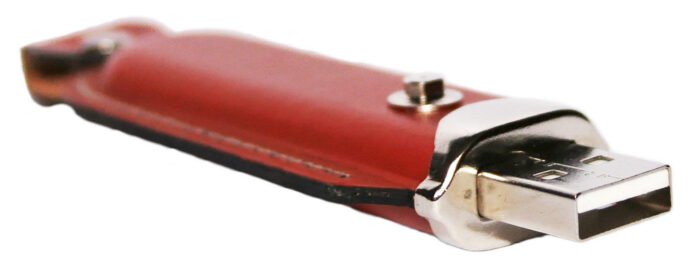

- Create bootable usb os x from dmg how to#
- Create bootable usb os x from dmg mac os x#
- Create bootable usb os x from dmg install#
- Create bootable usb os x from dmg software#
Create bootable usb os x from dmg mac os x#
Create a Bootable Mojave USB Installer Flash Drive in Mac OS X 10.14 - Duration: 17:42.
Create bootable usb os x from dmg how to#
Mac OS Sierra is one of the most useful operating systems among other operating systems for Mac, this article will help you to create easily your flash Bootable for Mac, as in previous article I wrote the article How to create bootable USB for Mac OS Mojave on windows 10 using Unibeast there are many ways to create a Bootable USB for Mac OS.

Simply replace the Terminal command with the one from the preceding article by copying it into the Terminal. Second, see this How To outline for creating a bootable El Capitan installer. First, review this introductory article: Create a bootable installer for macOS.

Bootable USB Installers for OS X Mavericks, Yosemite, El Capitan, and Sierra.
Create bootable usb os x from dmg install#
How to Create a Bootable USB Installer for macOS High Sierra Justin Pot September 27, 2017, 1:13pm EDT The Mac App Store is the default way to upgrade or install macOS, but it doesn’t work for everyone.
Create bootable usb os x from dmg software#
Also, with the DMG your should the download the TransMac software from the link down below, and for the flash drive, you need 8 GB or higher. Firstly, you need to download macOS High Sierra DMG file from the link below. You can now quit Terminal and eject the volume.Create macOS High Sierra Bootable USB Installer on Windows 10.
When Terminal says that it's done, the volume will have the same name as the installer you downloaded, such as Install macOS Catalina. Terminal shows the progress as the bootable installer is created. When prompted, type Y to confirm that you want to erase the volume, then press Return. Terminal doesn't show any characters as you type your password.  When prompted, type your administrator password and press Return again. If it has a different name, replace MyVolume in these commands with the name of your volume. These assume that the installer is still in your Applications folder, and MyVolume is the name of the USB flash drive or other volume you're using. Type or paste one of the following commands in Terminal. Open Terminal, which is in the Utilities folder of your Applications folder. Make sure that it has at least 12GB of available storage and is formatted as Mac OS Extended. Connect the USB flash drive or other volume that you're using for the bootable installer. Use the 'createinstallmedia' command in Terminal It installs an app named Install OS X El Capitan into your Applications folder. Open this file and follow the onscreen instructions. OS X El Capitan downloads as a disk image that contains a file named InstallMacOSX.pkg. It installs an app named Install macOS Sierra into your Applications folder. macOS Sierra downloads as a disk image that contains a file named InstallOS.pkg. Enterprise administrators, please download from Apple, not a locally hosted software-update server. To get the required installer, download from a Mac that is using macOS Sierra 10.12.5 or later, or El Capitan 10.11.6. Disk Utility will restore the OS X Install DVD or disk image to the USB drive this process may take anywhere from 20 minutes to an hour. At the bottom right-hand corner of the screen and click the Restore button. Drag-and-drop the Mac OS X Install Drive disk into the Source box. If the installer opens after downloading, quit it without continuing installation. Drag-and-drop the USB drives partition into the Destination box. macOS Catalina, macOS Mojave, and macOS High Sierra download directly to your Applications folder as an app named Install macOS Catalina, Install macOS Mojave, or Install macOS High Sierra. Find the appropriate download link in the upgrade instructions for each macOS version:
When prompted, type your administrator password and press Return again. If it has a different name, replace MyVolume in these commands with the name of your volume. These assume that the installer is still in your Applications folder, and MyVolume is the name of the USB flash drive or other volume you're using. Type or paste one of the following commands in Terminal. Open Terminal, which is in the Utilities folder of your Applications folder. Make sure that it has at least 12GB of available storage and is formatted as Mac OS Extended. Connect the USB flash drive or other volume that you're using for the bootable installer. Use the 'createinstallmedia' command in Terminal It installs an app named Install OS X El Capitan into your Applications folder. Open this file and follow the onscreen instructions. OS X El Capitan downloads as a disk image that contains a file named InstallMacOSX.pkg. It installs an app named Install macOS Sierra into your Applications folder. macOS Sierra downloads as a disk image that contains a file named InstallOS.pkg. Enterprise administrators, please download from Apple, not a locally hosted software-update server. To get the required installer, download from a Mac that is using macOS Sierra 10.12.5 or later, or El Capitan 10.11.6. Disk Utility will restore the OS X Install DVD or disk image to the USB drive this process may take anywhere from 20 minutes to an hour. At the bottom right-hand corner of the screen and click the Restore button. Drag-and-drop the Mac OS X Install Drive disk into the Source box. If the installer opens after downloading, quit it without continuing installation. Drag-and-drop the USB drives partition into the Destination box. macOS Catalina, macOS Mojave, and macOS High Sierra download directly to your Applications folder as an app named Install macOS Catalina, Install macOS Mojave, or Install macOS High Sierra. Find the appropriate download link in the upgrade instructions for each macOS version:








 0 kommentar(er)
0 kommentar(er)
